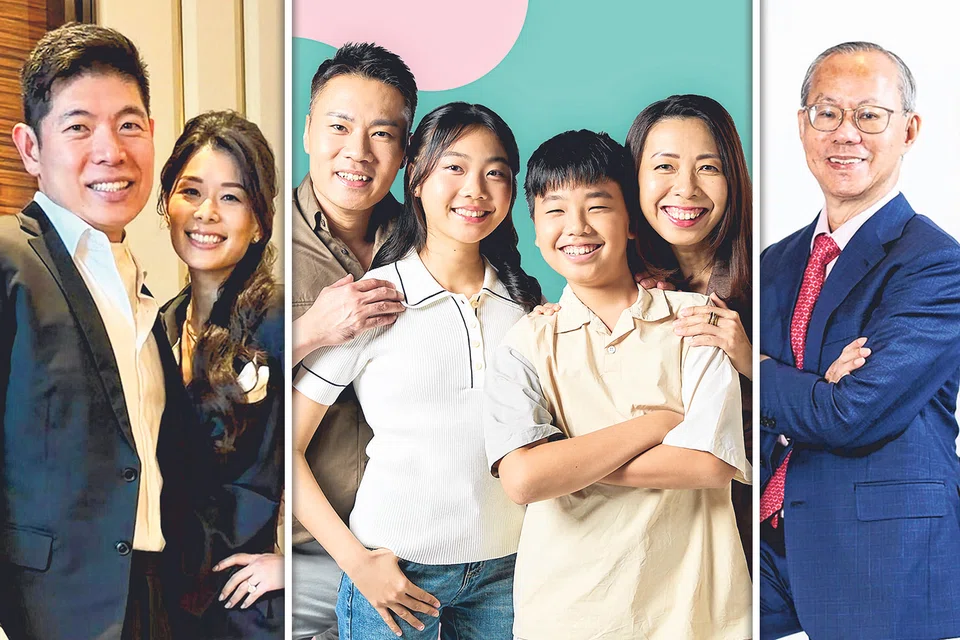The Straits Times: Philip Yeo biography raises more than $500k for charity


“More than half a million dollars have been raised for charity in conjunction with the launch of former senior bureaucrat Philip Yeo’s biography, Neither Civil Nor Servant.
The funds collected by the Economic Development Innovations Singapore (EDIS) – which Mr Yeo chairs – will go towards helping underprivileged children, via the company’s corporate social responsibility arm, EDIS Cares.
The monies will enable EDIS Cares to expand its programmes in Singapore to reach a targeted 300 children over the next three years, EDIS said yesterday.
The EDIS Cares fund is administered by the Community Foundation of Singapore.”
Read more here.
“More than half a million dollars have been raised for charity in conjunction with the launch of former senior bureaucrat Philip Yeo’s biography, Neither Civil Nor Servant.
The funds collected by the Economic Development Innovations Singapore (EDIS) – which Mr Yeo chairs – will go towards helping underprivileged children, via the company’s corporate social responsibility arm, EDIS Cares.
The monies will enable EDIS Cares to expand its programmes in Singapore to reach a targeted 300 children over the next three years, EDIS said yesterday.
The EDIS Cares fund is administered by the Community Foundation of Singapore.”
Read more here.
- Related Topics For You: CHARITY STORIES, CHILDREN, DONOR STORIES, INCLUSIVITY & INTEGRATION, NEWS, STORIES OF IMPACT



